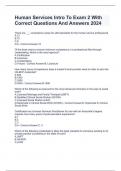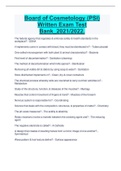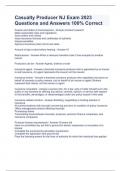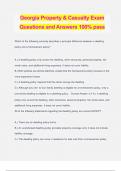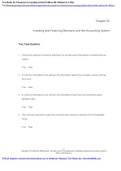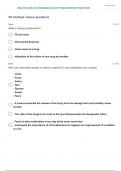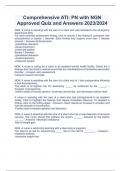Summary
Summary Multiple Linear Regression - WUR Research Methods & Data Analysis
- Course
- Institution
This is a clear and comprehensive summary of multiple linear regression, which is half of the theory for the test of the WUR course 'Reserearch Methods and Data analysis' (YRM30806). Good luck with studying!
[Show more]




